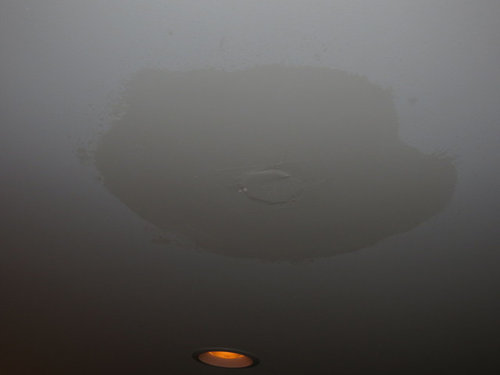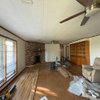Drywall ceiling patch - is this acceptable work?
mays802
9 years ago
Featured Answer
Sort by:Oldest
Comments (23)
mays802
9 years agoUser
9 years agoRelated Professionals
Parkland Home Remodeling · Fresno Kitchen & Bathroom Designers · Schaumburg Kitchen & Bathroom Designers · 20781 Kitchen & Bathroom Remodelers · Bellevue Kitchen & Bathroom Remodelers · Luling Kitchen & Bathroom Remodelers · Port Angeles Kitchen & Bathroom Remodelers · Rancho Palos Verdes Kitchen & Bathroom Remodelers · Cusseta Interior Designers & Decorators · Dunedin General Contractors · Gloucester City General Contractors · Kailua Kona General Contractors · Park Forest General Contractors · West Babylon General Contractors · Westerly General Contractorsmays802
9 years agoweedyacres
9 years agomays802
9 years agokudzu9
9 years agogreg_2010
9 years agoJoseph Corlett, LLC
9 years agolam702
9 years agopprioroh
9 years agoVertise
9 years agoMags438
9 years agomays802
9 years agoUser
9 years agokudzu9
9 years agoVertise
9 years agokudzu9
9 years agodahoov2
9 years agoVertise
9 years agokudzu9
9 years agoVertise
9 years agokudzu9
9 years ago
Related Stories

HOUSEKEEPINGQuick Fix: How to Patch a Drywall Hole
Dents and dings disappear, leaving your walls looking brand new, with this fix that even a novice can do
Full Story
REMODELING GUIDESWisdom to Help Your Relationship Survive a Remodel
Spend less time patching up partnerships and more time spackling and sanding with this insight from a Houzz remodeling survey
Full Story
DIY PROJECTS29 Home Projects to Make You a DIY Superstar
Patch up holes, turn trash to treasure, erase stains ... these doable DIY projects will better your home and boost your ego
Full Story
FEEL-GOOD HOMEEmbrace a Few Beautifully Weathered Surfaces for a Happy, Durable Home
You don’t need to worry so much about scuff marks and dings when you accept the character and beauty of wear
Full Story
DECORATING GUIDESLook Up and Dream: 11 Ideas for an Inspired Ceiling
Think beyond the standard coat of paint, and make your ceiling pop with unexpected materials and glamorous finishes
Full Story
HOUZZ TOURSHouzz Call: Show Us Your Farmhouse!
Bring on the chickens and vegetable patches. If your home speaks country, it might appear in a featured ideabook
Full Story
COLOR11 Reasons to Paint Your Ceiling Black
Mask flaws, trick the eye, create drama ... a black ceiling solves a host of design dilemmas while looking smashing
Full Story
ARCHITECTURECeiling Treatments Worth a Look
Add beams, boards and other embellishments to that blank expanse for a room that looks dressed from head to toe
Full Story
PAINTINGBulletproof Decorating: How to Pick the Right Kind of Paint
Choose a paint with some heft and a little sheen for walls and ceilings with long-lasting good looks. Here are some getting-started tips
Full Story
HOME TECHSave Your Decor — Hide Your Media Stuff
When you tuck boxes, wires and speakers into walls and ceilings, all you'll notice is your favorite shows or music
Full StoryMore Discussions












greg_2010